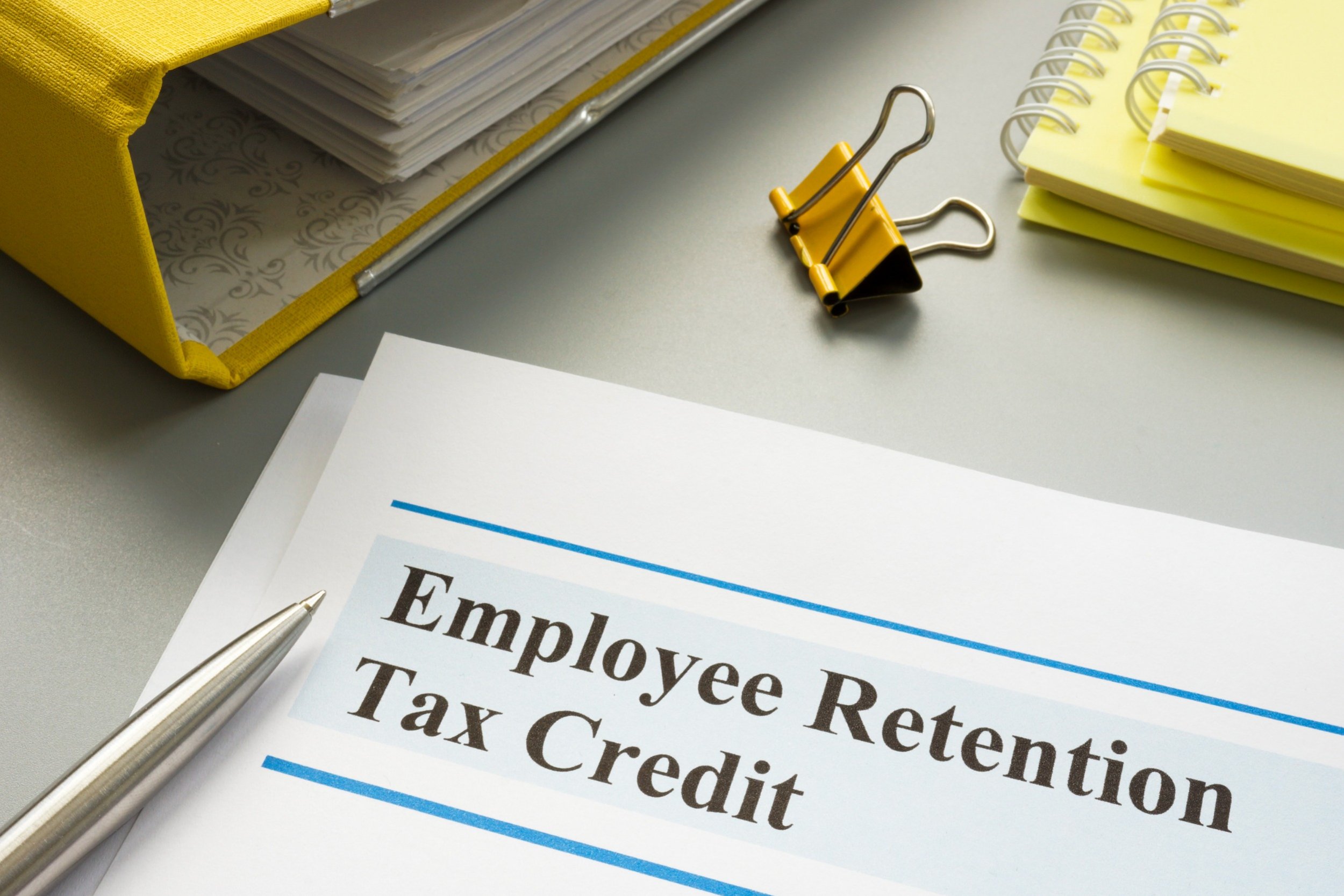
![]()
Yesterday President Biden signed the long-debated Infrastructure Bill into law. Along with significant changes to our nation’s roadways and transit, the bill hosts a number of new changes, including an early end to the Employee Retention Credit.
The $1.2 trillion Infrastructure Investment and Jobs Act effectively ended the opportunity for employers to claim the Employee Retention Credit for employee wages after September 30, 2021. That means that employees kept on the payroll after this period will no longer be eligible for the credit.
Employers can still, however, obtain credits for employee wages and should take advantage of the limited-time opportunity.
The Employee Retention Credit is a refundable tax credit for employers that have suffered financial hardship caused by COVID-19. Across select quarters during the 2020 and 2021 tax years, eligible employers can earn up to a total of $26,000 in Employee Retention Credits per employee.
Curious if your business qualifies? Below are the criteria for eligibility.
2020 Employee Retention Credit eligibility
Organizations can receive a credit for 50% of the first $10,000 of qualified wages paid per employee for all quarters of the 2020 tax year. The maximum Employee Retention Credit for all of 2020 is $5,000 per employee receiving qualified wages.
2021 Employee Retention Credit eligibility
For the 2021 tax year, the requirements for receiving the credit are more liberal. An employer can receive 70% of the first $10,000 qualified wages per employee for each quarter of 2021. This is a significant departure from 2020 eligibility and amounts to $21,000 per employee. Prior to the Infrastructure Bill, the amount per employee was $33,000.
What are qualified wages?
Qualified wages are defined differently for the 2020 and 2021 tax years and vary depending on an organization’s size.
For the 2020 tax year, qualified wages are those paid to an employee not performing services due to COVID-19. This would include restaurant kitchen staff, for example. This definition applies to organizations with 100 or more full-time employees. Employers with less than 100 full-time employees define qualified wages differently and are wages paid to all employees.
For the 2021 tax year, qualified wages apply more broadly and are wages paid to all employees for organizations with one to 500 full-time employees. For organizations with more than 500 full-time employees, qualified wages are those paid to employees not performing services due to COVID-19.
What types of organizations qualify for the credit?
The IRS outlined criteria for helping organizations self-determine qualifications for the Employee Retention Credit. Below are the general criteria an employer must meet to be eligible:
- On average, your organization employed at least 500 full-time employees during 2019 if claiming the 2021 Employee Retention Credit
- On average, your organization employed at least 100 full-time employees during 2019 if claiming the 2020 Employee Retention Credit
- Your business operations were fully or partially suspended due to a COVID-19 government order
- Your business incurred a decline in gross receipts greater than 50% for 2020 and 20% for 2021
- The wages you are relying upon for the Employee Retention Credit were not forgiven under a Paycheck Protection Program (PPP) loan
If you’re not taking advantage of the Employee Retention Credit, now is the time to start. You can still qualify for refundable credits for wages paid before October 1, 2021. And with the IRS having recently issued guidance that clarifies the usage of gross receipts, employers can claim safe harbor to exclude certain expenses and determine Employee Retention Credit eligibility with greater ease.
Need assistance seeing if you qualify? Contact Trusaic to learn about our tax credit solutions. To learn more about the Employee Retention Credit, download our product sheet below:




